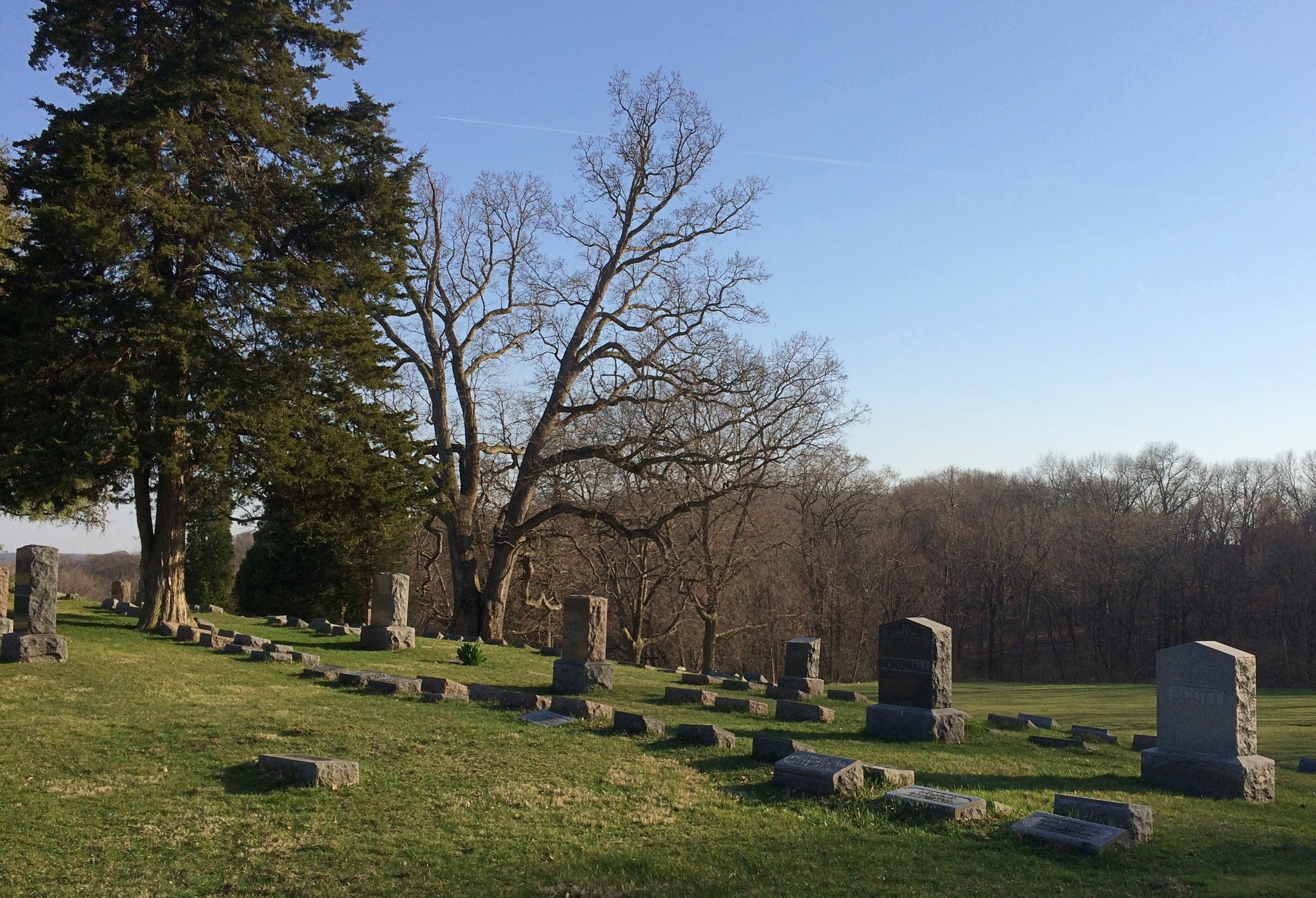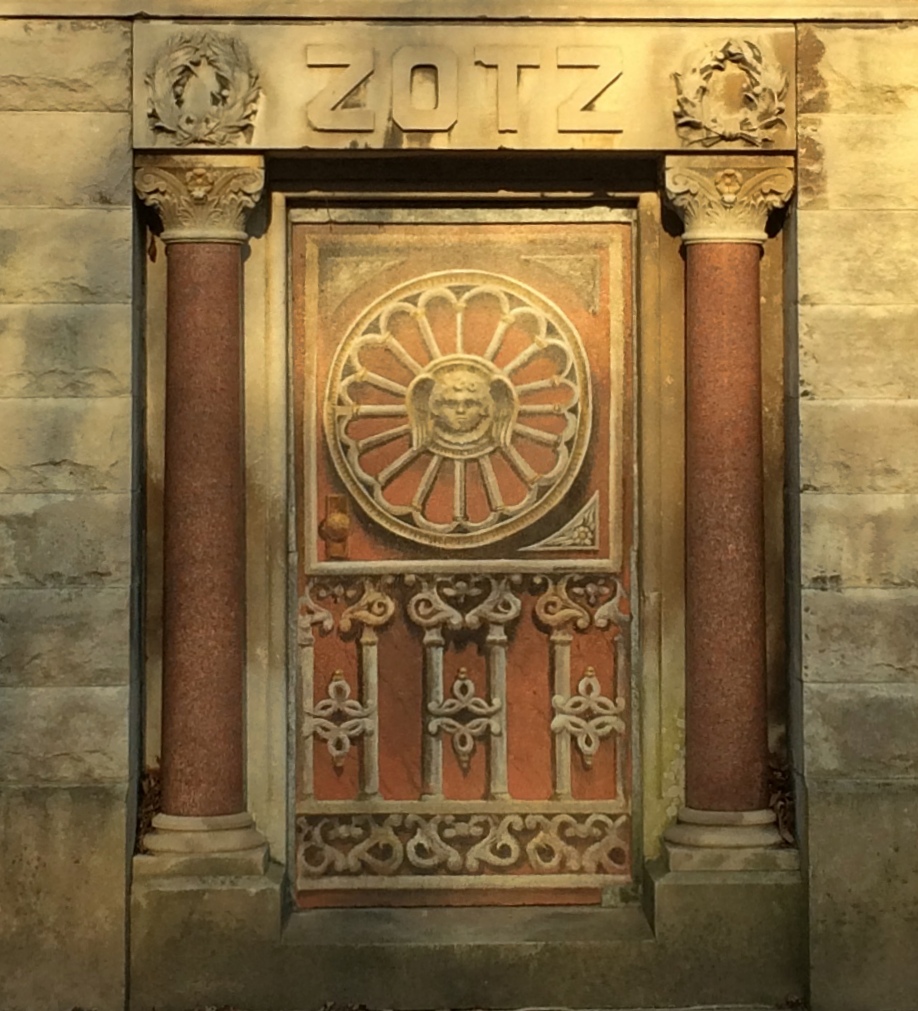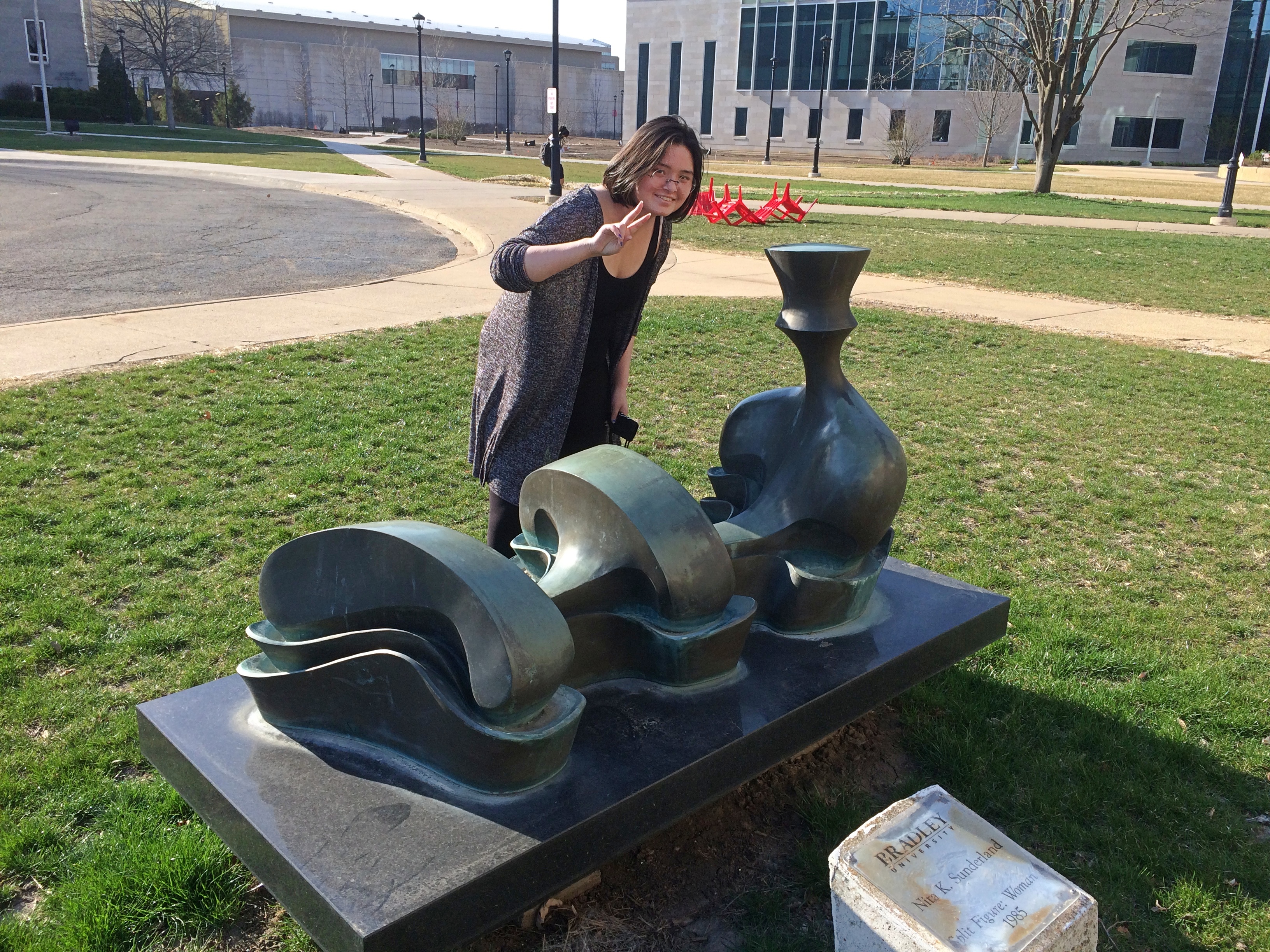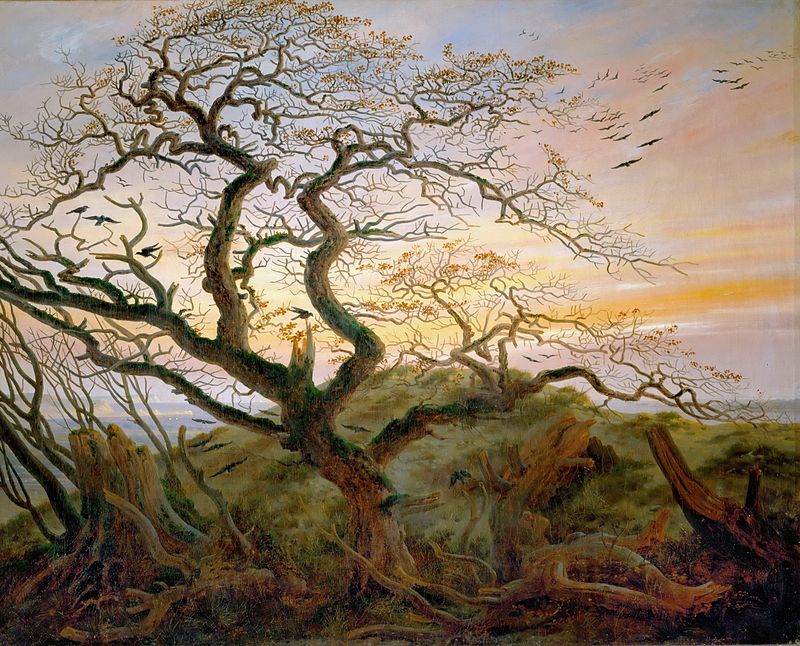A pleasant string of warm days came to an end today with cool drizzle most of the time. But at least the snowy mess of February is just an unpleasant memory.
Back again around April 18. Call it a spring break. Who knows, I might have encountered a new thing or two by that time. Never know when you’ll see something interesting.
A recent Zoom. Two participants in Illinois, one in Tennessee, one in Washington state. All VU alumni.
If I were a Zoom stockholder, that is in San Jose-based Zoom Video Communications Inc., I might sell. I’m astonished by the number of people who hate Zoom, the platform, and will probably dump it as soon as they can. I know not to ask about half of my old friends on social Zooms anymore, because they will refuse. Politely, because they are old friends.
I don’t quite get it. Burning out on work Zooms is one thing. But the occasional social Zoom among old friends? On a couple of occasions, they’ve run three or four hours, to great delight of everyone. Sure, if we were obliged to meet electronically even with old friends three or so times a week, that would get old. But more occasionally among people with whom you share a past? Nothing better.
I made a point of watching the new short biographic series Hemingway this week as it was broadcast on PBS. I can’t remember the last time watched TV on a broadcast schedule. Mad Men?
It’s high-quality work on the part of Ken Burns and Lynn Novick, illustrating what a biography should illustrate, the life and times. I knew a fair amount of the material already, though did find out more — another mark of a good bio on a well-known subject — such as the relentlessness with which he suffered major, and mostly untreated concussions. The head injury from the second plane crash in Africa was the only serious one I knew about. Turns out it was one of a string.
That’ll do no good to a man who’s already an alcoholic from a family with a history of mental illness, and who probably had a touch of shell shock thrown into the mix, to use the straightforward Great War terminology. It’s a wonder he didn’t put himself on the wrong end of his shotgun before he finally did.




























